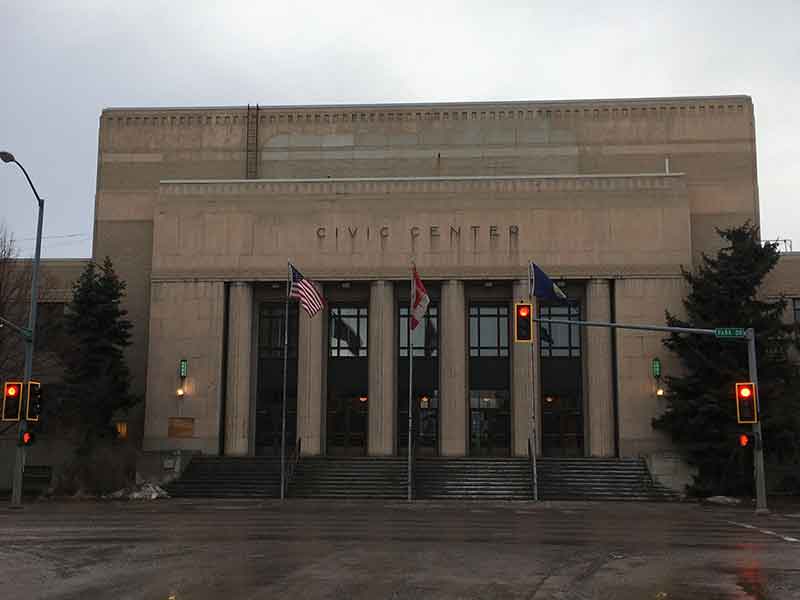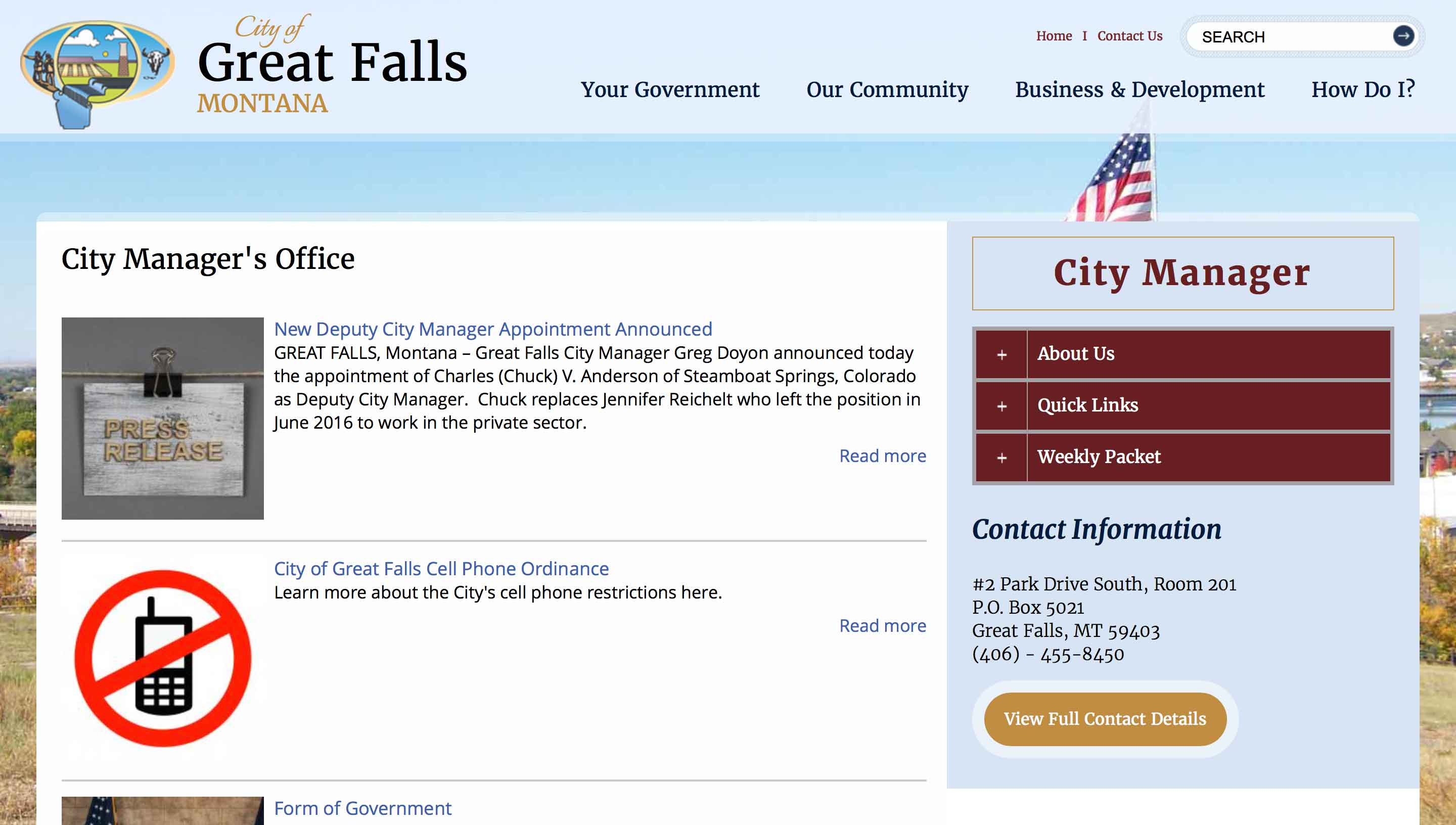Three young men beat someone up and stole his shoes and coat on February 26 right in front of the friendly IGA store off 25th Street North and 6th Avenue North here in Great Falls. Passersby watched it happen. Someone in the store called 911, but no passersby moved to stop the thugs, no doubt out of fear for their own safety.
A week later a young female clerk at a local store in Great Falls told me she doesn’t like to “go out” because she worried about “getting beat up, especially downtown at night.” Not long ago, she was on a GF transit bus and a man on the bus was passed out. She informed the driver of this passenger, and when the bus stopped, the drooling man arose from his stupor and started screaming at her. It was a scary scenario. This same young female said she was also recently surrounded and intimidated by a group of panhandlers on the lower south side. She suggested that it’s time we start doing something about the growing crime and poverty problems in our community.
Hardly a day goes by that we don’t hear about another vehicle being stolen or burglary or child abuse or assault or a meth or heroin bust or a drunken rampage. More and more indigents, transients, homeless, addicts and out-of-work are wandering our streets and public places.
Here are three questions for all Great Falls citizens:
What’s happening to our town?
What are we going to do about it?
Why do some of those in positions of leadership and influence seem so blissfully unaware?
Great Falls is still, for the most part, a good place to live, raise and educate a family, work and recreate. But the not so hidden secret is that we are experiencing an increase in poverty, crime and family and drug abuse without a commensurate increase in population and tax base to deal with those problems.
Indeed, our local CASA-Can Facebook page points out that in 2016, there were 700 children in the foster care system in Cascade County alone. By February 16, 2017, 70 more children were added to the ranks.
The Great Falls Police Department has their hands full. In a report to the community on January 30, 2017, Chief Bowen reported that the GFPD “ended 2016 with a total of 42,140 calls for service. Our teams were busy with this massive increase of 4,066 more calls for service in 2016 than in 2015. As we prepare our year-end reports we found there may be several factors playing into the increase.
“In May we implemented the Data Driven Approach to Crime and Traffic Safety (DDACTS) patrol model and designated almost 200 square blocks in the heart of our community as the DDACTS Zone. Officers assigned to this area are dedicated to being highly visible with frequent traffic enforcement.
“We also experienced a surge in stolen autos,” Bowen stated in the report.
It is not immediately clear whether one can interpret the implementation of the DDACTS model as a reason for the massive increase in calls for service, or whether Chief Bowen is simply noting the GFPD response to the problem. But the question remains: what do we do about the increase in calls for service?
First, let’s not pretend that the problem doesn’t exist. The mural of Charlie Russell with a flying saucer hovering over his head painted on the North parking garage looks cool and upscale modern, but doesn’t fix what’s going on inside the parking garage. It doesn’t take much “ear to the ground” to hear citizens’ concerns about downtown parking garage safety or the serious issues surrounding increasing problems of vagrancy and drug abuse associated with both parking garages. It isn’t a new problem, but it is a worsening problem.
Real solutions are not obvious or simple. There will be no real solutions, however, without solid public discourse, acknowledgement by the powers that be, and more options than glossing over the existing problem with a pretty paint job. We have to stop playing the politics of pretending that everything is great in Great Falls.
It’s commendable that the GFPD implemented DDACTS and offers a Citizen’s Academy to provide interested citizens an education in how the police department operates and the policing challenges our community faces. Still, there needs to be more viable solutions to the rise in crime.
Let’s clearly define and prioritize the most pressing safety issues in our city. The mayor and city commission have made so much ado over cell phone use by licensed drivers and so little ado has been made about the increasing overall crime rate, as well as the increase in serious crimes, in Great Falls.
So what are we going to do about it? For starters, we need to clearly define and prioritize the set of crime and safety issues so apparent in our city. The continuing word from local city commissioners and the Great Falls Tribune is that the overall outlook for Great Falls is great and getting greater. It’s so great in fact, that the City Commission has addressed increased fines for drivers using cell phones because, well, cell phone use by drivers must be one of the single most pressing issues in our fair city.
Our mayor even goes so far as to take credit for instituting the driver cell phone ban when in fact he was not even an elected commissioner at the time the ordinance was initially passed. In a January 13, 2017 article in the Great Falls Tribune, the mayor is quoted:
‘My goal in putting it in place (driver cell phone ban) was to alert the community and others who visit Great Falls that we insist on safe driving habits.’
The ban on using a cell phone while driving was passed by the city commission in July, 2012. Kelly was not appointed to the city commission until December, 2012 and was not sworn in until January, 2013.
The point here is that the mayor and city commission have made so much ado over cell phone use by licensed drivers and so little ado has been made about the increasing overall crime rate, as well as the increase in serious crimes, in Great Falls.
While the mayor pushes for murals on the parking garage, takes credit for a cell phone ban while driving, and discusses options for more office space for a growing city government, perhaps there should be public discussion from the city commission about safety issues and how to bolster support for the GFPD.
Perhaps the surest way to deal with the increasing crime problems in Great Falls is to target more resources to law enforcement. Is it a stretch to consider that one of the main challenges for our GFPD is that we simply don’t have enough police on the beat? Or do we? Would increases in our PD force help reduce crime, or are there other models we can draw from? Is it time to review our GFPD policies and our city ordinances on how we deal with some of these issues?
No solutions will be easy because implementation will mean prioritizing our city budget to lean more towards safety and local law enforcement. It shouldn’t require yet higher local taxes, fees or additional levies. However, the city is already discussing increased staffing needs and a resulting increase in office space. While the Children’s Museum as a possible space for future development of city offices has been the topic of heated public discussion and discussion among the city commission, there has currently been no clear information to the public about exactly what the commission may propose. Clearly there has been discussion about new construction.
From a Feb. 17 article in the Great Falls Tribune:
Great Falls Mayor Bob Kelly said, ‘It would be silly to start a big construction project if the museum comes to us when the lease expires in ’18 and says they’ve outgrown the space.’
Actually, it would be silly given the current increase in crime in Great Falls to prioritize expanded office space over additional law enforcement resources.
While tax hikes and special elections for mill levies is business as usual, citizens of Great Falls may be feeling a bit pinched. The school system just passed a $100 million levy last fall and is prepping the public to request two additional million dollar levies this spring. County commissioners just announced a possible $450,000 request for a mill levy to help fund the Great Falls Development Authority. City taxes and utilities increase annually on homeowners’ property taxes. There seems to be no government agency that isn’t holding a hand out for more, yet wages and job prospects in Great Falls remain fairly stagnant.
Which brings us back to a need for open and honest public discussion and the need to prioritize the most pressing issues facing the good governing of our city.
In conclusion, Great Falls is still a marvelous place to live, work and raise a family but we have to be honest and vigilant. We should be optimistic about our potential but realistic about our current situation. Our community is not well served by those who gloss over or try to spin reality into a cheerful but fake assessment of what actually is. We can do better.









